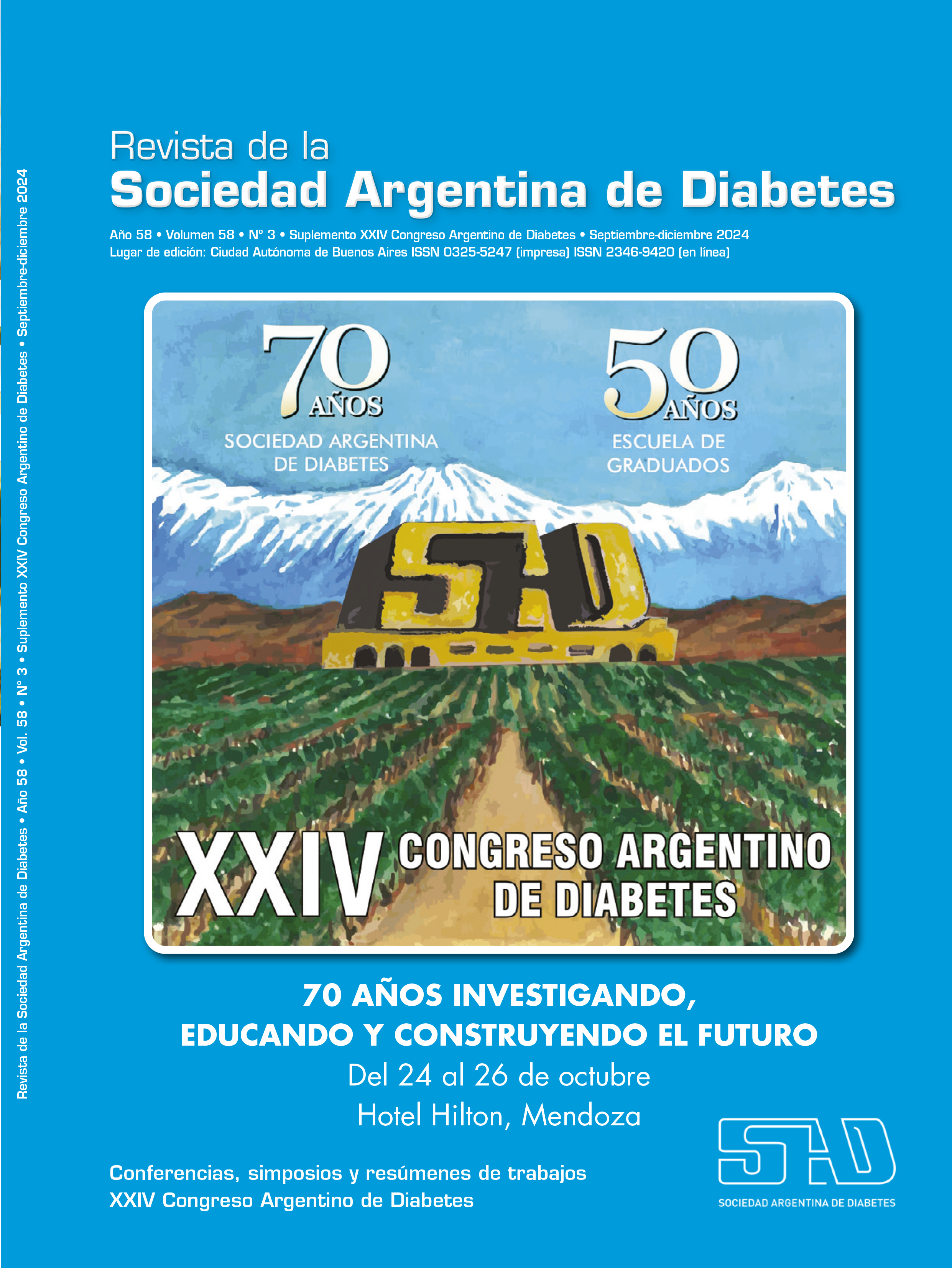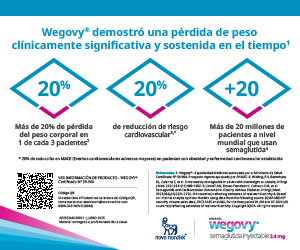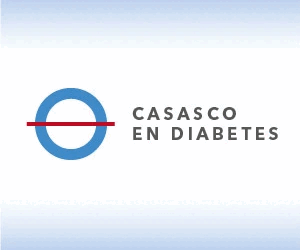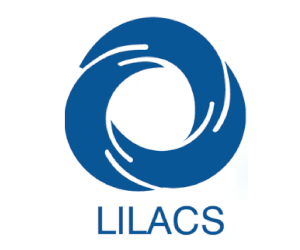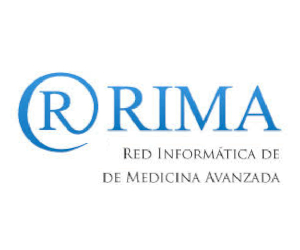Importance of women's health in Latin America (Bolivia)
Keywords:
women, health, BoliviaAbstract
Type 2 diabetes is one of the main threats to public health in Latin America, with a significant impact on the socio-economic development of the region. In Bolivia, this disease disproportionately affects women due to a combination of biological, sociocultural, and economic factors. This article explores the prevalence of type 2 diabetes in Bolivian women, the specific challenges they face in managing the disease, and the implications for health policies. The prevalence of type 2 diabetes in Bolivia is 7.2% (95% CI: 6.2–8.3), being higher in women than in men, especially in those with more comorbidities1,2. This increased vulnerability in women can be attributed to both biological factors and gender inequalities that influence lifestyle habits and access to healthcare1,2. Bolivian women face greater difficulties in controlling diabetes, hypertension, and obesity due to the double burden of work and lower economic income, which limits their ability to follow adequate treatments1,3.
Gender norms and roles in Bolivia play a crucial role in the health of diabetic women. According to the United Nations Development Program (UNDP), Bolivia ranks last in gender inequality indicators3. Family and work responsibilities leave women with less time and resources to devote to their health2. Urbanization and socio-economic changes have increased the consumption of processed foods and sedentary lifestyles, negatively impacting women's health more than men's2,4. Diabetes-related complications tend to be more severe in women, with higher mortality rates attributed to delayed diagnoses and treatments, as well as differences in access to medical care and treatment adherence3,5.
To address these inequalities, it is crucial to incorporate a gender perspective into health policies and programs. This includes promoting awareness campaigns specifically for women, improving access to healthcare services, and adapting treatments to meet the specific needs of diabetic women2. Considering gender differences in the management and treatment of diabetes in Bolivia is essential to improving the health and quality of life of affected women. Addressing these inequalities will not only improve health outcomes but also contribute to the country's economic and social development4,5.
References
I. Barceló A, Daroca M, Ribera R. Diabetes in Bolivia. Rev Panam Salud Pub/Pan Am J Public Health 2001;10(5):318-323.
II. Sandína M, Espeltb A, Escolar-Puj A, Arriolad L, Larrañaga I. Desigualdades de género y diabetes mellitus tipo 2: la importancia de la diferencia. Avances en Diabetología 2011;27(3):78-87.
III. Matthews C. Bolivia, Seguridad alimentaria y desigualdad de género. Fundaciones Alternativas; 2015.
IV. Organización Panamericana de Salud, Organización Mundial de Salud. Carga de la Enfermedad Diabética: Perfiles de Países 2023. Disponible en: https://www.paho.org/en/topics/diabetes.
Downloads
Published
Issue
Section
License
Copyright (c) 2024 on behalf of the authors. Reproduction rights: Argentine Society of Diabetes

This work is licensed under a Creative Commons Attribution-NonCommercial-NoDerivatives 4.0 International License.
Dirección Nacional de Derecho de Autor, Exp. N° 5.333.129. Instituto Nacional de la Propiedad Industrial, Marca «Revista de la Sociedad Argentina de Diabetes - Asociación Civil» N° de concesión 2.605.405 y N° de disposición 1.404/13.
La Revista de la SAD está licenciada bajo Licencia Creative Commons Atribución – No Comercial – Sin Obra Derivada 4.0 Internacional.
Por otra parte, la Revista SAD permite que los autores mantengan los derechos de autor sin restricciones.



